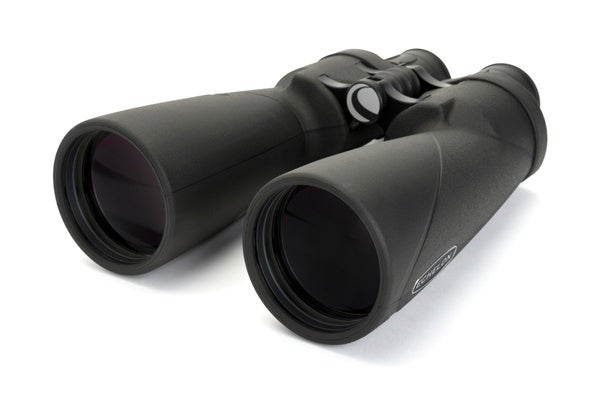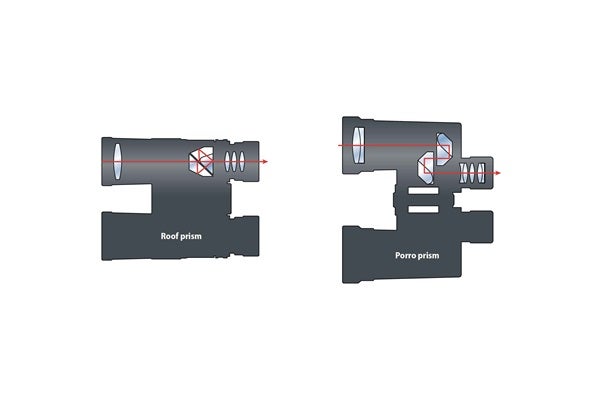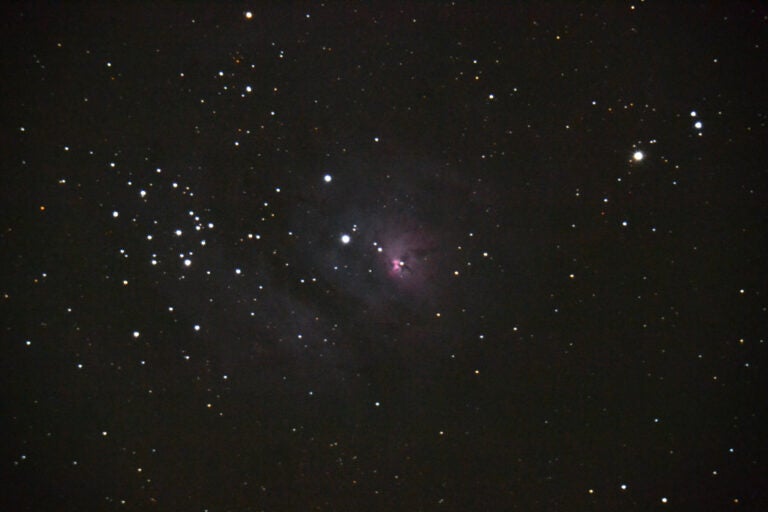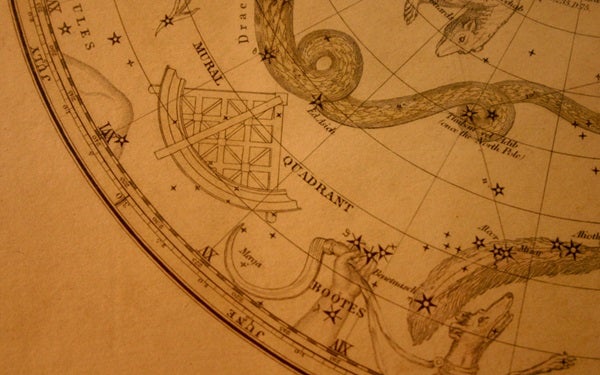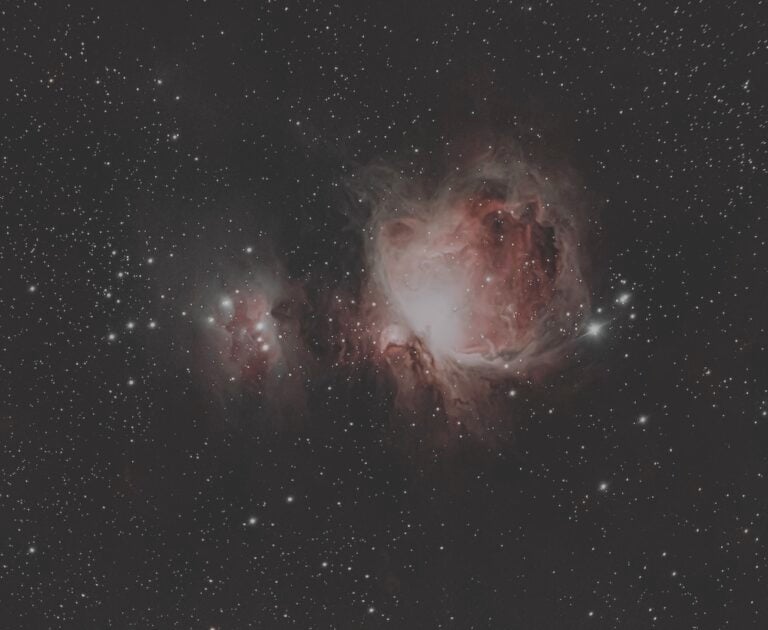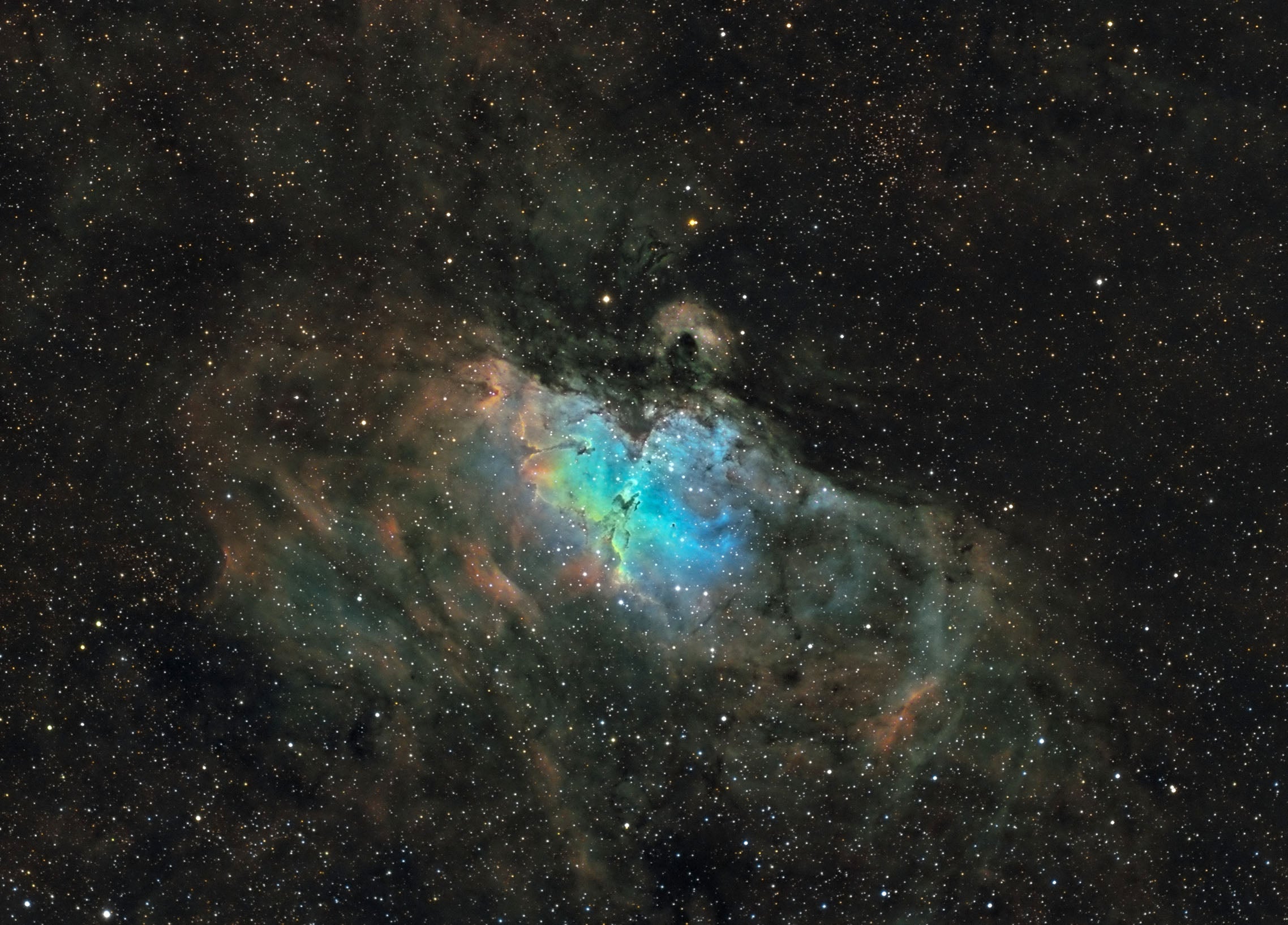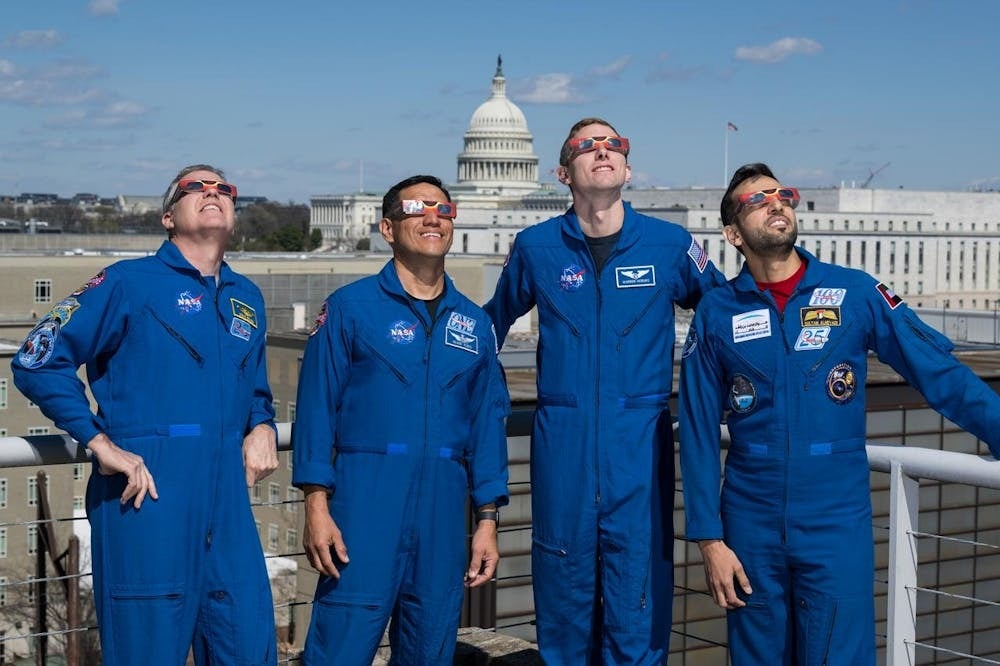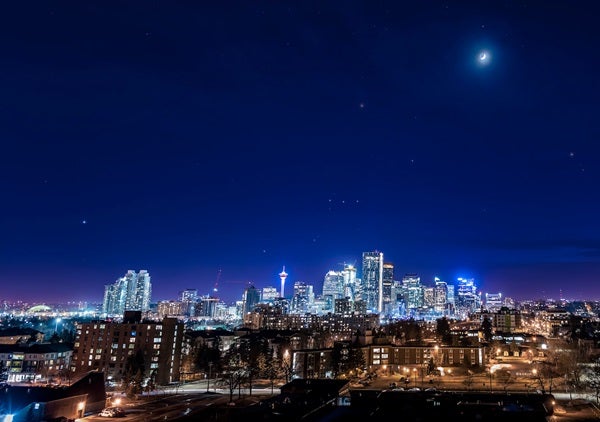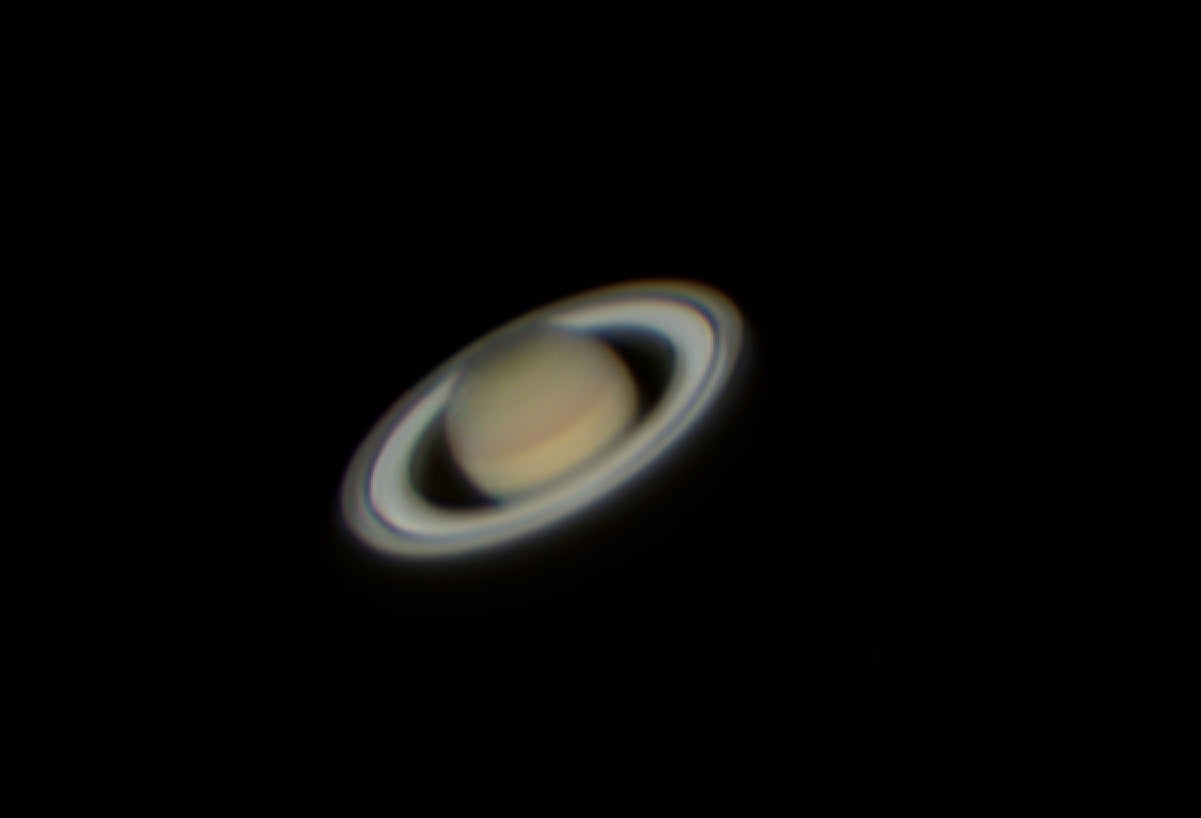That portability also makes binoculars ideal for nights when you might not have the time to set up a telescope. And for most people, observing with two eyes rather than one is more natural and comfortable. Most binoculars also are relatively inexpensive.
Understanding the numbers in binoculars
For stargazing, the size of the front lenses is the most important thing. Generally, the larger they are, the brighter the image will be. You can find the lens size by looking at the two numbers on every binocular: 7×35 or 10×50, for example. The second of those numbers refers to the size (in millimeters) of each front lens. So the front lenses of 7x35s have a diameter of 35mm, and 10x50s have a 50mm diameter. Binoculars with 50mm lenses gather twice as much light as 35mm binoculars.
Astronomy binoculars should have lenses at least 40 millimeters across. Smaller ones may work in the daytime, but they won’t gather enough light to give good views of most night sky objects.
• Binoculars give a right-side-up image.
• They let you use both eyes to observe.
• The biggest sky objects look best through binoculars.
The other number is the binoculars’ magnification. For astronomy, go for binoculars that magnify at least 7 times. The highest you’ll want for hand-held binoculars is about 10x. If the magnification is higher than that, you likely won’t be able to hold them steady enough to get a sharp image. For those, use a tripod.
What to look for when buying binoculars
Binoculars contain prisms that make the image appear right-side up. These prisms come in two varieties: roof and Porro. Roof-prism models have straight barrels and are more compact. However, they tend to be more expensive and produce dimmer images, making them less desirable for astronomy. Porroprism binoculars have a zigzag shape and usually are bigger and heavier than roof-prism models.
Most binoculars have a central focusing knob that moves both eyepieces at once. These models also have one eyepiece that you can focus individually. To operate the binoculars, first use the central knob to focus the eyepiece that doesn’t adjust, and then focus the other eyepiece. This type of focusing proves to be more convenient, particularly if you pass the binoculars from person to person. On other binoculars, the eyepieces focus individually. These models tend to be more rugged and better sealed against moisture.
Astronomical objects you can see in binoculars
Binoculars will show the Moon in crisp detail. Watch shadows creep across lunar features as the Moon’s phase changes. Follow the stages of a lunar eclipse as Earth’s shadow covers the Moon. And view a crescent Moon silhouetted against stars low in the western evening sky.
Farther afield, binoculars let you track Jupiter’s four big moons. In addition, they’ll help you pick out Mercury low in the twilight sky and spot objects too faint to see easily, such as the outer gas-giant planets, Uranus and Neptune, as well as the brighter asteroids.
The advantages of binoculars perhaps show up best when viewing a bright comet. Binoculars magnify enough to show detail and have a wide enough field of view that you can see the comet’s head and most or all of its tail at once.

